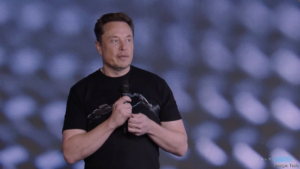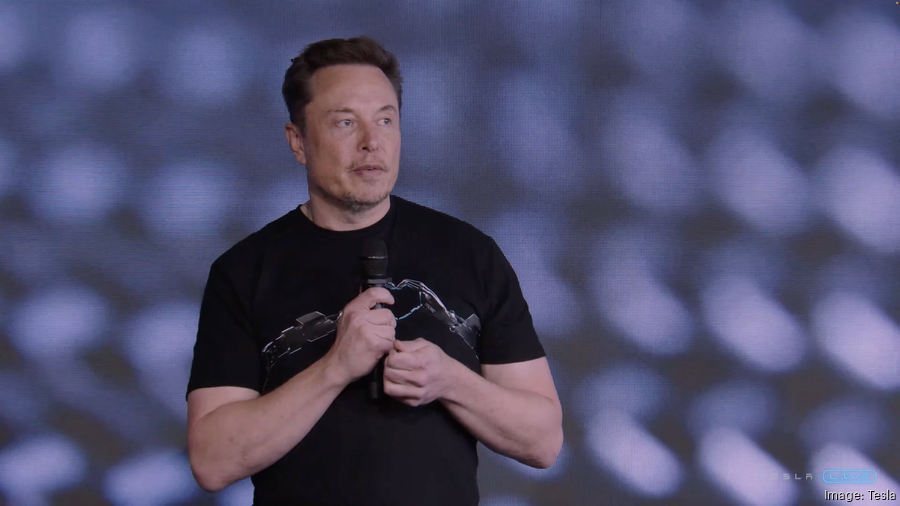Article published in the Philadelphia Business Journal on November 19, 2023. Updated November 20, 4pm.
I just finished reading Walter Isaacson’s well-researched biography of Elon Musk, the CEO of Tesla, SpaceX, Boring Company and X (formerly known as Twitter). Isaacson was allowed to shadow Musk for two years and he interviewed many of Musk’s family members, employees, friends, business associates and adversaries. The biography was published in September 2023. Isaacson wrote about what drives Musk and how he leads.
Every leader has their own leadership style. Musk’s leadership style defies conventional wisdom. As a leader he is an outlier, a disruptor, out to accomplish what he believes is possible. Musk breaks paradigms, which are accepted ways of doing things. He pushes his employees to achieve beyond what they themselves thought possible.
Musk is a visionary, as are his fellow tech giants—including Steve Jobs and Bill Gates—who have changed the world. He has led Tesla to become the leading electric car company. He built SpaceX as the private sector replacement of NASA for manned space flight. He founded Boring Company in order to build underground transportation systems.
Musk lacks empathy due to Asperger’s syndrome, which is on the autism spectrum. He cares little for the work/life balance of his employees. Musk holds himself and his employees to very high standards. He demands that the workplace culture at his companies and his employees be “hardcore,” and immediately after his acquisition of Twitter, “extremely hardcore,” putting in the effort and hours needed to get the job done.
Employees can receive an email, text message or phone call from Musk 24/7. He sets unrealistic deadlines and expects that his employees will find a way to meet them. Employees who don’t meet his expectations are fired, sometimes on the spot.

Musk is very hands-on, getting involved in detailed problem-solving that CEOs in other organizations would rely on others below them in the organization to solve. To say that Musk is a micromanager is an understatement. When he faced a critical issue at Tesla or SpaceX, Musk slept at the factory, directing the effort to resolve the issue.
Isaacson quotes Musk about his philosophy on hiring people: “When hiring, look for the right attitude. Skills can be taught. Attitude changes require a brain transplant. A maniacal sense of urgency is our operating principle.”
Isaacson also quotes Musk about his attitude on taking risks: “This is how civilizations decline. They quit taking risks. And when they quit taking risks, their arteries harden. Every year there are more referees and fewer doers. When you have had success for too long, you lose the desire to take risks.” Musk expects failures. He views failures as learning experiences.
Musk, however, should not take risks with his employees’ safety. Quoting from a June 2020 article in Forbes, “Tesla continues to lead all carmakers in workplace safety violations, racking up more infractions and fines in the past three years than all other automakers in the U.S. combined.” Musk’s cavalier approach to employee safety is also outlined in a Nov. 10 article in Reuters.
I do not endorse Musk’s style of leadership. One can be driven and be very successful without being like Musk.
Musk is an engineer, so his hard technical skills and way of thinking fit well with Tesla, SpaceX and Boring. However, at X (formerly Twitter), technical skills are not the driver for success. When leading a company that hosts a virtual town forum where people can exchange their views, funded by advertising dollars, people skills and emotional intelligence are the drivers for success, which is not his strong area.
Musk acquired Twitter because he wanted to ensure it would be a forum that embraces free speech, and he felt that Twitter was practicing significant moderation. During the 24-hour period immediately after he acquired the company, the number of tweets that “included vulgar and hostile terms for individuals based on race, religion, ethnicity and [sexual] orientation” significantly increased.
As a result of the increase in hate speech, Twitter lost about half of its largest 100 advertisers, reducing the revenue needed to operate the company. Prior to his acquisition, advertising accounted for 90% of Twitter’s revenue.
Advertisers want to protect their brand. Companies are loath to advertise on a social media platform that allows posts that are baseless conspiracy theories or stir up discord, hatred and violence. They don’t want to be associated with hate speech posted on X under the guise of free speech.
X again lost advertisers after Musk posted on Nov. 16, “You have said the actual truth” in response to a post on X that stated, “Jewish communities (sic) have been pushing the exact kind of dialectical hatred against whites that they claim to want people to stop using against them.”
A year after Musk acquired Twitter, it is reported that the company is worth only $19 billion, compared to the $44 billion he paid for it, due to the loss of advertising revenue and funds needed to service the debt undertaken to acquire the company. We will see how his leadership of X plays out.
Well done, Mr. Isaacson. Thank you for giving us such a deep insight into Elon Musk.
Stan Silverman is founder of Silverman Leadership and author of “Be Different! The Key to Business and Career Success.” He is also a speaker, advisor and widely read nationally syndicated columnist on leadership. He can be reached at stan@silvermanleadership.com.

